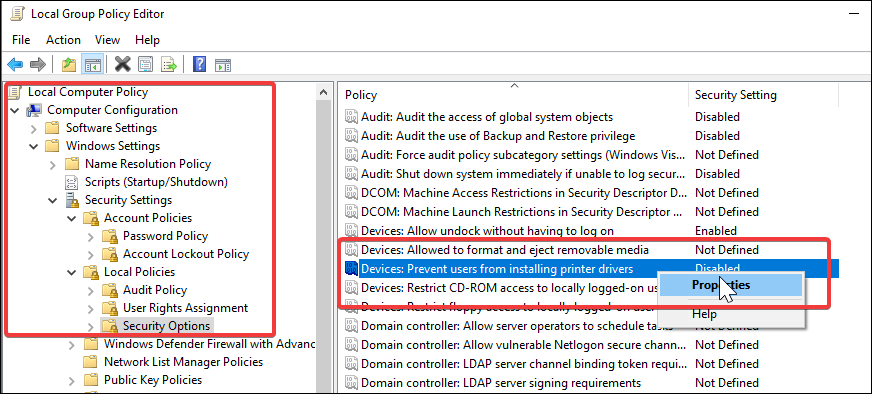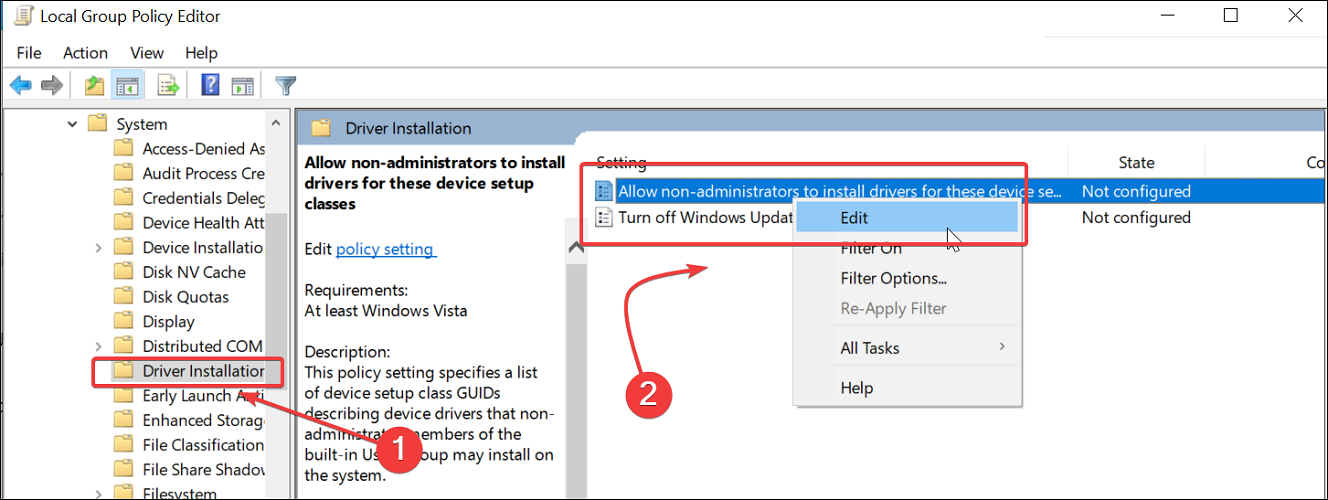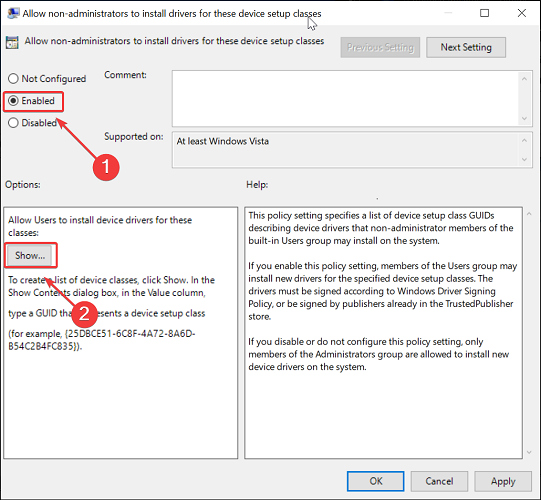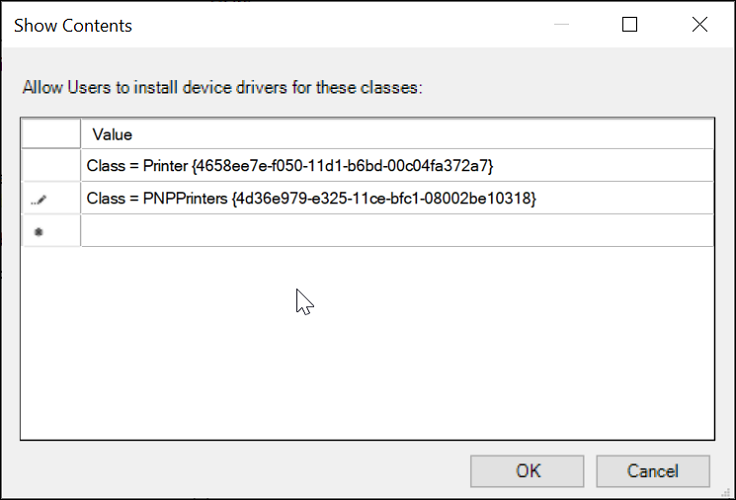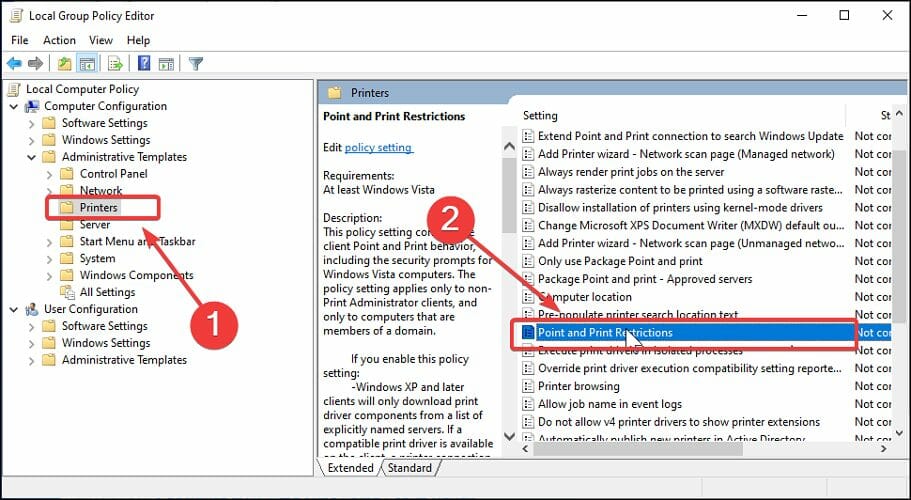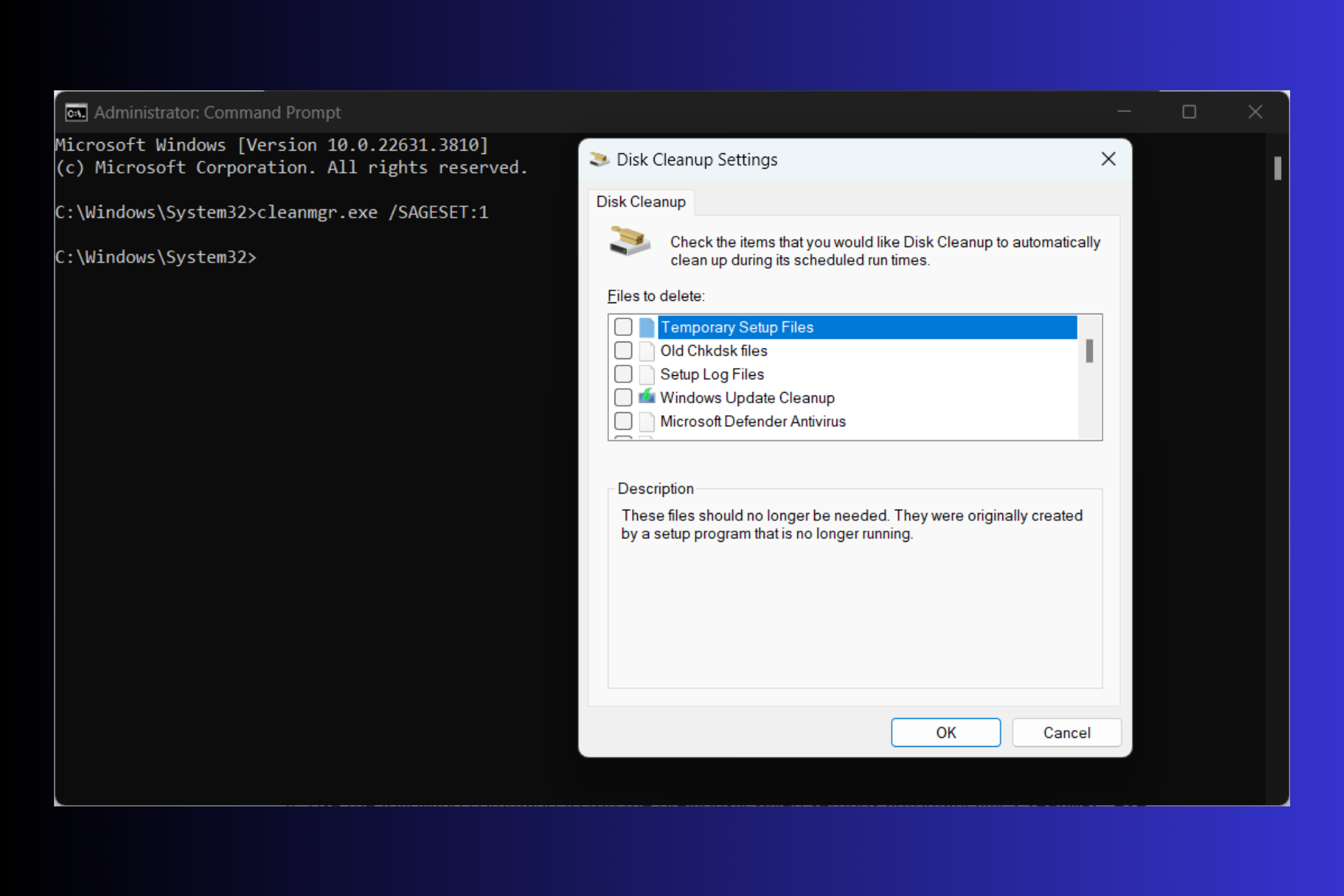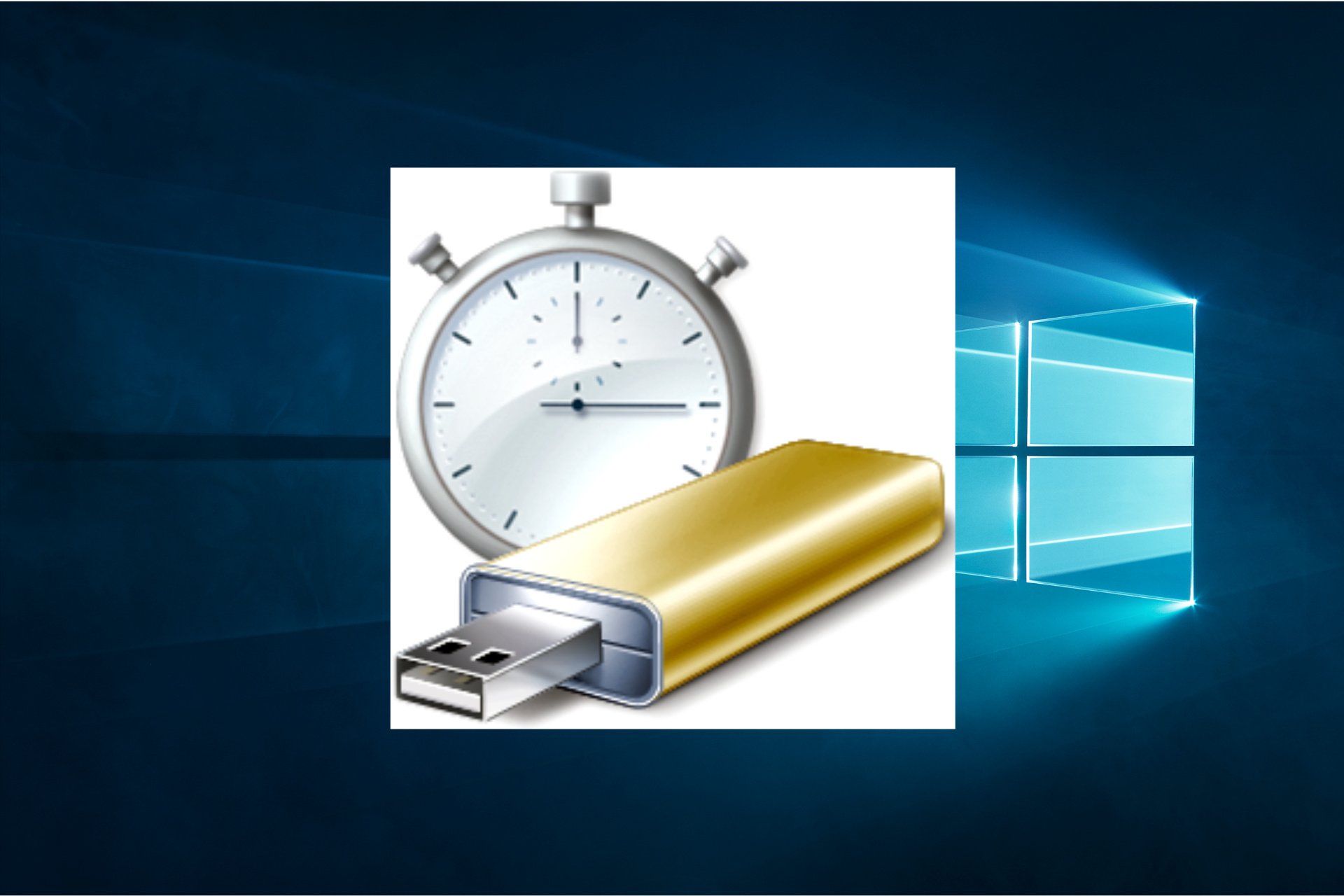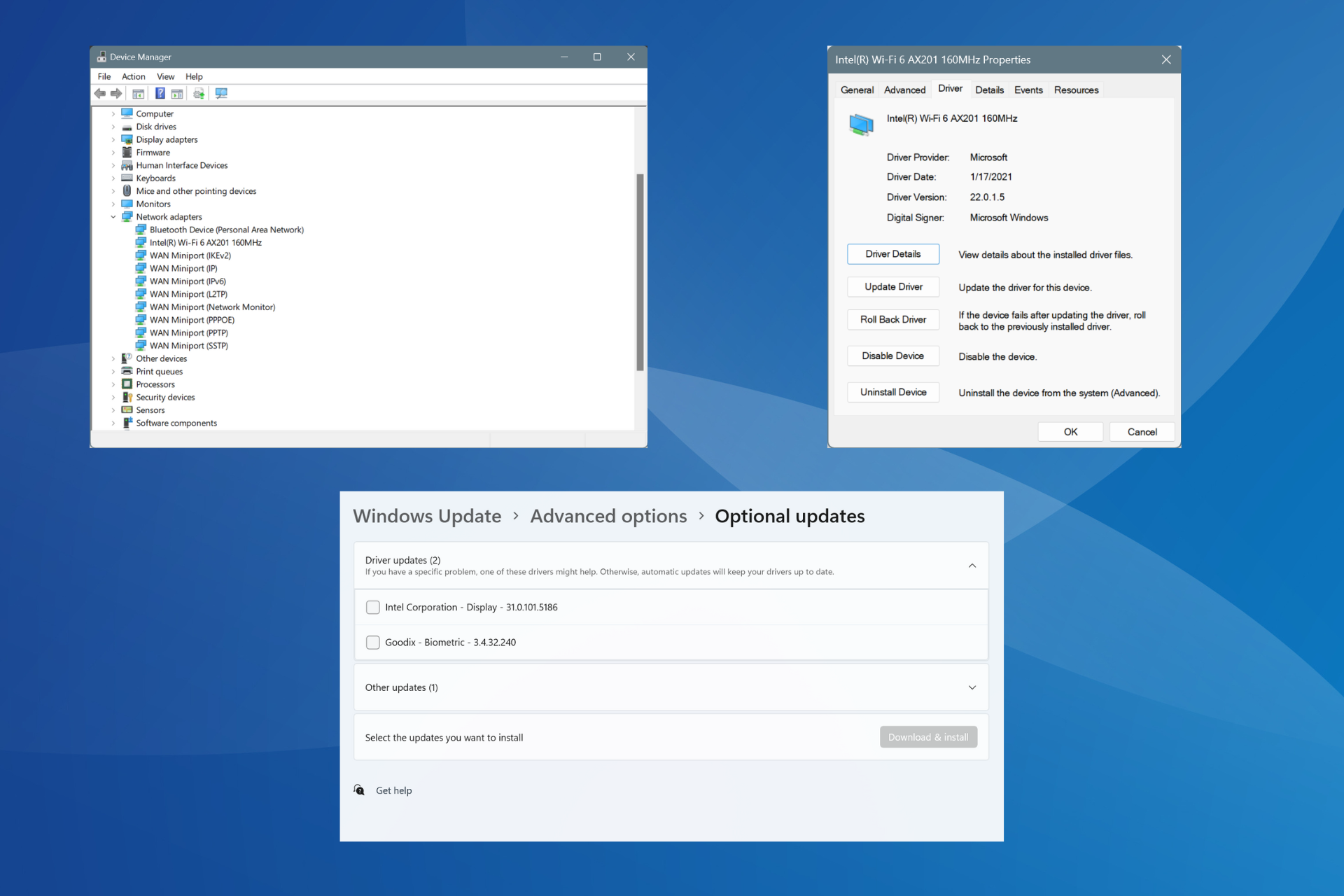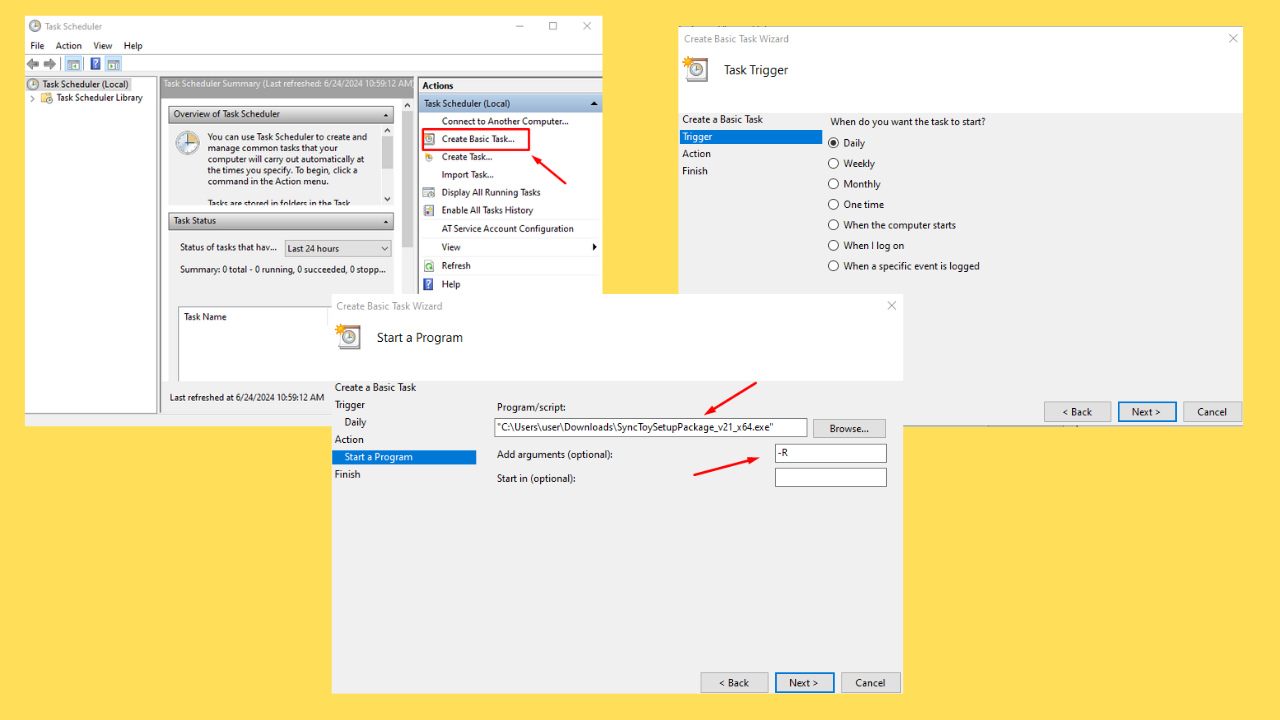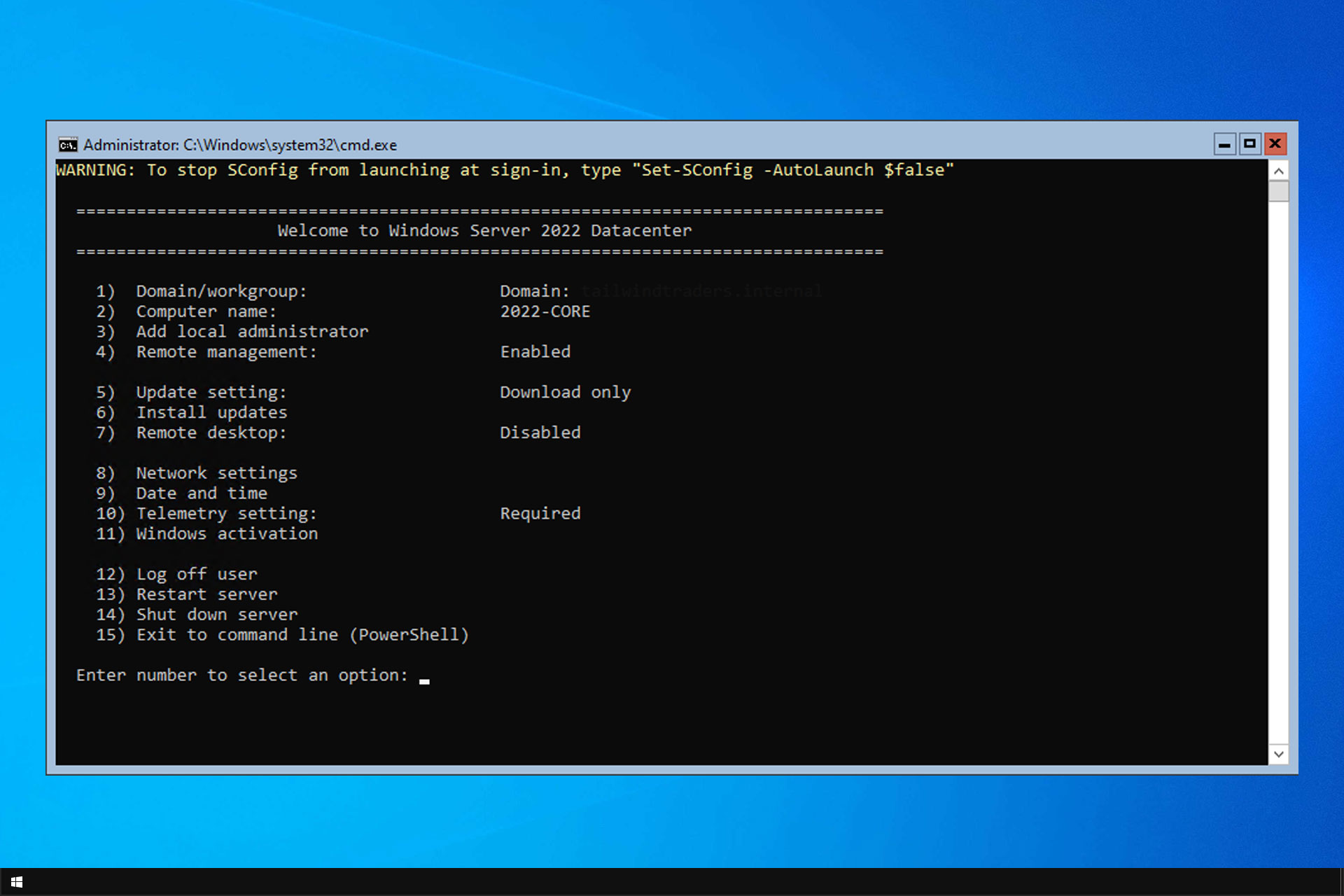How to Install Printer Driver Without Admin Rights
Apply our detailed procedure right away
5 min. read
Updated on
Read our disclosure page to find out how can you help Windows Report sustain the editorial team Read more
Key notes
- To install a printer driver without admin rights can be a tricky task. This is due to workspaces disabling admin rights to protect their systems through user account control.
- Try using driver update software to see if it can install the required printer drivers with no administrative privileges.
- Using Group Policy Editor and disabling printer permission-related policies is another way to get around this issue.
- You can also disable Point and Print Restrictions and see if this trick works for you too.

If you have a work computer without admin rights, you may be unable to install drivers. That’s happening because workspaces disable admin rights to protect their systems through user account control.
And if your printer requires admin rights to install the driver, you will be left stranded. So, how do you install a printer driver without admin rights?
One way to install a printer without admin rights is to configure GPO to allow non-administrators to install required drivers.
Alternatively, you can try using a software updater utility to see if that can install the driver without requiring admin rights.
In this article, we look at installing a printer driver without admin rights on a Windows 10 PC.
How do I install printer driver without admin rights?
1. Install and print drivers using the driver updater
Driver update tools are designed to scan for missing and outdated device drivers connected to your computer. They can automatically download and install drivers for devices without requiring admin rights in most cases.
So, to skip the admin rights requirement you would need when installing the printer driver, you can let the automatic driver updater do the task.
2. Install printers drivers without admin rights via GPO
- Press the Windows + R shortcut to open Run.
- In the Run box, type gpedit.msc and click OK to open Group Policy Editor.
- In Group Policy Editor, navigate to the following location:
Computer Configuration > Policies > Windows Settings > Security Settings > Local Policies > Security Options - Next, in the right-pane, look for Device: Prevent users from installing printer drivers option. By enabling or disabling this policy, you can control whether to allow or reject non-administrator printer driver installs.
- Select and right-click on the option and choose Properties.
- In the Properties window, choose the Disabled option.
- Click OK and Apply to save the changes.
- Next, navigate to the following location:
Computer Configuration > Policies > Administrative Templates > System > Driver Installation - Make sure you have selected the Driver Installation folder. In the right pane, locate the following policy: Allow non-administrators to install drivers for these device setup classes.
- Right-click on the policy and choose edit. Set it to Enabled.
- In the same policy, you need to specify the device class GUIDs corresponding to printers. So, click the Show button under the Options section.
- In the Show Contents window, enter the following GUIDs one by one:
Class = Printer {4658ee7e-f050-11d1-b6bd-00c04fa372a7}
Class = PNPPrinters {4d36e979-e325-11ce-bfc1-08002be10318} - Click OK and Apply to save the changes.
Close Group Policy Editor and restart your computer. After the restart, check if you can install printer drivers without admin rights.
By disabling the Devices: Prevent users from installing printer drivers policy, you have allowed non-administrators to install printer drivers when connecting a shared network printer.
Note that you cannot install an unsigned (untrusted) driver even after disabling this policy. So make sure you have downloaded the right driver from the official website or use the driver disc provided with the printer.
After enabling a non-administrator to install drivers from the printer, you may encounter the Windows cannot connect to the printer. Access is denied error.
This is due to the Point and Print Restrictions. To fix it in no time, you need to disable the policy Point and Print Restrictions.
You can do this from both the Registry Editor and Group Policy Editor. The below steps show you how to do it via the Policy Editor.
3. Disable Point and Print Restrictions
- Launch Group Policy Editor by pressing the Windows key + R, type gpedit.msc and click OK.
- In Group Policy Editor, navigate to the following location:
Computer Configuration > Policies > Administrative Templates > Printers - In the right-pane, right-click on Point and Printer Restrictions, choose Edit.
- Set it to Disabled. Click Apply and OK to save the changes.
- Next, navigate to the following policy path:
User Configuration > Policies > Administrative Templates > Control Panel > Printers - Locate and open the Print and Printer Restrictions policy and set it to Disabled as well.
- Close the Group Policy Editor and try to install the printer without admin rights.
This should allow installing printer drivers without admin rights in Windows 10 and other systems. Ensure to reboot your computer once to apply the changes before installing the printer driver.
By default, Microsoft enables the UAC (User Account Control) on all Windows 10 and other PCs. This helps prevent unauthorized users from changing system files or installing suspicious software.
However, this prevention feature can become annoying when installing a printer driver on a work computer without admin rights.
To fix the problem, try using the driver software updater to install the printer without admin rights. If that does not work, take the bit complicated way of disabling a few group policies using the GP Editor. And you won’t face issues downloading Dymo printer drivers without permissions.
To learn how to install the Dymo printer driver on Windows 10, read this guide for step-by-step instructions.
No less important, it’s mandatory to properly back up your drivers and avoid further issues. Therefore, pick one of the best driver backup software for Windows 10 to make that happen.
We also have a guide on how to install the Canon LBP2900B driver, so don’t miss it for more information.
Let us know if you have another workaround to install printers without admin rights. The comments area is waiting for you.


